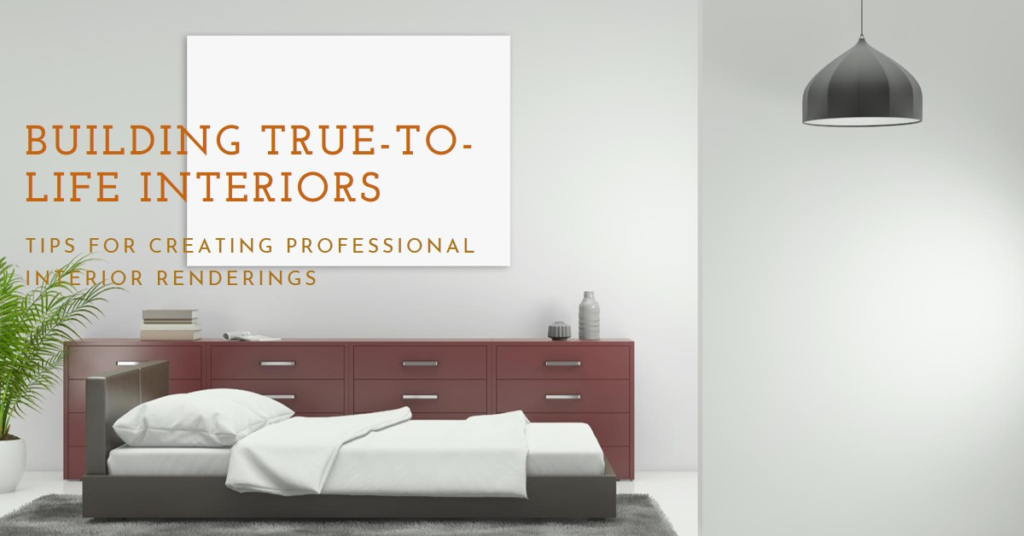
Table of Contents
Selecting bedroom furniture involves more than just picking out pieces that look nice; it’s about creating a comfortable and functional space that promotes relaxation and restful sleep. From bed frames to nightstands and dressers, every furniture piece contributes to the overall ambiance and functionality of your bedroom. In this comprehensive guide, we’ll explore professional tips, design considerations, and practical insights to help you choose bedroom furniture that fits your style, needs, and space requirements perfectly.
1. Assessing Your Bedroom Space
Before diving into furniture selection, assess your bedroom space carefully. Measure the room dimensions, ceiling height, and doorways to ensure furniture pieces can fit through and be accommodated comfortably within the space. Consider existing architectural features, window placements, closet sizes, and any obstructions that may impact furniture placement and layout.
2. Defining Your Bedroom Needs and Style
Identify your bedroom’s primary functions and prioritize furniture pieces accordingly. Determine if you need storage solutions, seating areas, workspace integration, or specific functionalities like adjustable beds or built-in lighting. Define your style preferences, whether it’s contemporary, traditional, minimalist, rustic, or eclectic, and choose furniture pieces that complement your style while aligning with your functional requirements.
3. Choosing the Right Bed Frame
The bed is the centerpiece of any bedroom, so choosing the right bed frame is crucial. Consider factors such as bed size (twin, full, queen, king), mattress compatibility, headboard style (upholstered, wooden, metal), and storage options (platform beds with drawers, bed frames with under-bed storage). Opt for a sturdy and durable frame that provides adequate support for your mattress and aligns with your aesthetic preferences.
4. Selecting Mattresses and Bedding
Invest in a high-quality mattress that suits your comfort preferences (firmness level, mattress type – memory foam, innerspring, hybrid) and promotes healthy sleep posture. Choose bedding essentials such as sheets, pillows, duvets, and blankets made from breathable, hypoallergenic materials for optimal comfort and hygiene. Consider seasonal bedding options to adapt to temperature changes and ensure a cozy sleep environment year-round.
5. Incorporating Functional Storage Solutions
Maximize bedroom functionality and organization with functional storage solutions such as dressers, nightstands, wardrobes, and under-bed storage options. Evaluate your storage needs for clothing, accessories, bedding, and personal items to determine the appropriate storage furniture sizes, configurations, and capacities. Opt for furniture pieces with integrated storage features like drawers, shelves, and compartments to keep your bedroom clutter-free and organized.
6. Creating a Cozy Seating Area
If space allows, consider incorporating a cozy seating area in your bedroom for reading, relaxing, or enjoying morning routines. Choose comfortable seating options such as armchairs, loveseats, or accent chairs upholstered in soft fabrics or leather that complement your bedroom decor and provide a welcoming retreat within your private space.
7. Adding Accent Pieces and Decor Elements
Enhance the aesthetic appeal of your bedroom by adding accent pieces and decor elements that reflect your personality and style. Consider decorative mirrors, artwork, rugs, bedside lamps, wall shelves, and plants to add visual interest, warmth, and texture to your bedroom environment. Balance functional and decorative elements to create a harmonious and inviting ambiance.
8. Ensuring Proper Lighting
Pay attention to lighting design in your bedroom to create a comfortable and functional environment. Incorporate a mix of ambient lighting (ceiling lights, chandeliers), task lighting (bedside lamps, reading lights), and accent lighting (wall sconces, pendant lights) to suit different activities and moods. Choose lighting fixtures with adjustable brightness and color temperature options for versatility and customization.
9. Considering Furniture Durability and Quality
Prioritize furniture durability, quality craftsmanship, and material choices when selecting bedroom furniture pieces. Opt for solid wood construction, sturdy metal frames, high-quality upholstery fabrics, and durable finishes that withstand daily use and maintain aesthetic appeal over time. Research reputable furniture brands, read customer reviews, and inspect furniture in person whenever possible to assess construction quality and materials.
10. Planning Furniture Layout and Arrangement


Finally, plan your furniture layout and arrangement thoughtfully to optimize space, traffic flow, and functionality in your bedroom. Experiment with different furniture placements, consider focal points (such as the bed or a statement furniture piece), and leave adequate space around furniture for easy movement and accessibility. Balance visual symmetry and proportion to create a harmonious and well-balanced bedroom layout.
By following these professional tips, considering your lifestyle needs, style preferences, and space constraints, you can choose bedroom furniture that not only enhances the aesthetics of your bedroom but also promotes comfort, functionality, and a peaceful sleep environment. Take your time to research, explore options, and envision your ideal bedroom setup to create a personalized retreat that reflects your unique taste and promotes well-being.


